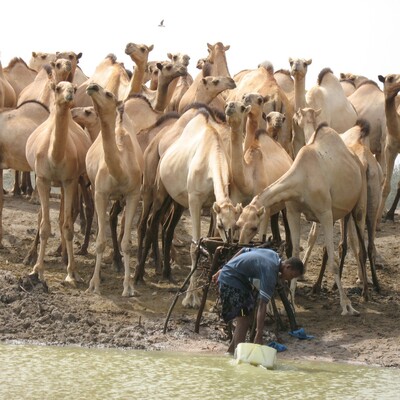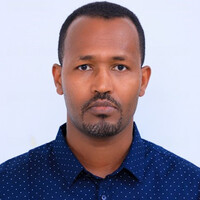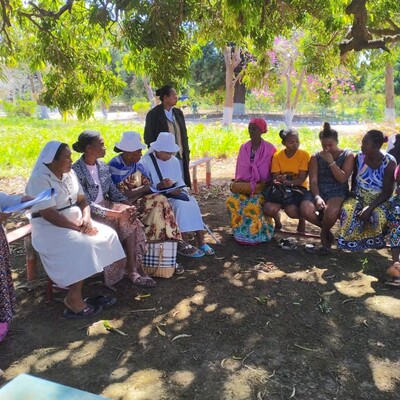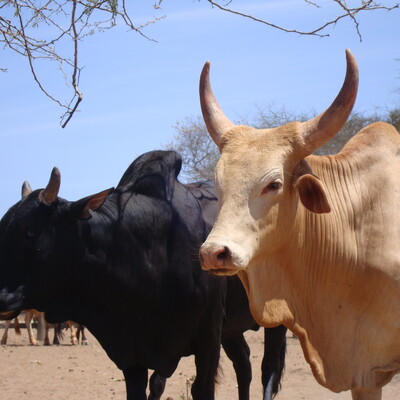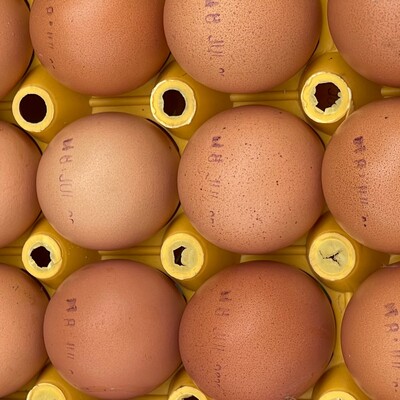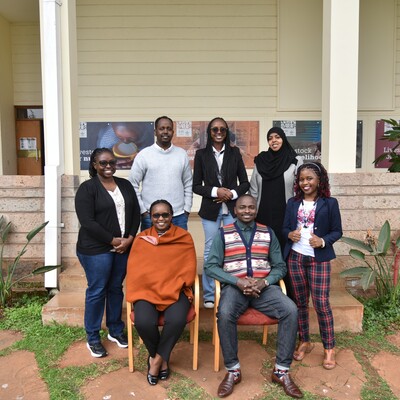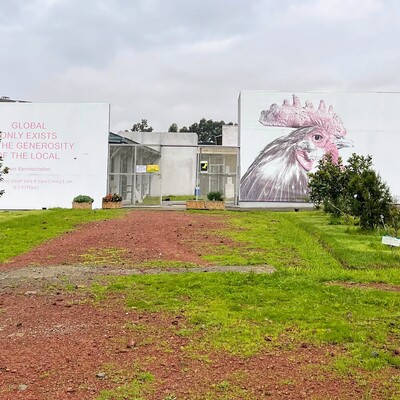
Livestock Genetics, Nutrition and Feed Resources
Livestock Genetics
The Livestock Genetics Program at the International Livestock Research Institute (ILRI) seeks to unlock the potential of livestock to improve the livelihoods of small-scale farmers in low- and middle-income countries. Working with national, regional, and international partners, the program identifies genetic bottlenecks that limit productivity and resilience in livestock systems.
Nutrition and Feed Resources
ILRI Feed and Forage Development Program aims to tackle key challenges and unlock opportunities within the feed and fodder value chains. By enhancing both the quatity and quality of feed resources, we strive to boost livestock productivity to meet the increasing demand for animal-sourced foods.
Related Publications

Understanding pastoralists’ preferences for goat traits: Application of all-levels and end-point choice experiments

Maziwa Zaidi / More Milk in Tanzania (Phase 2) - Scoping Study and Market Agent (Agripreneur) Baseline Survey and Women in Livestock Business Baseline Survey (WELBI)
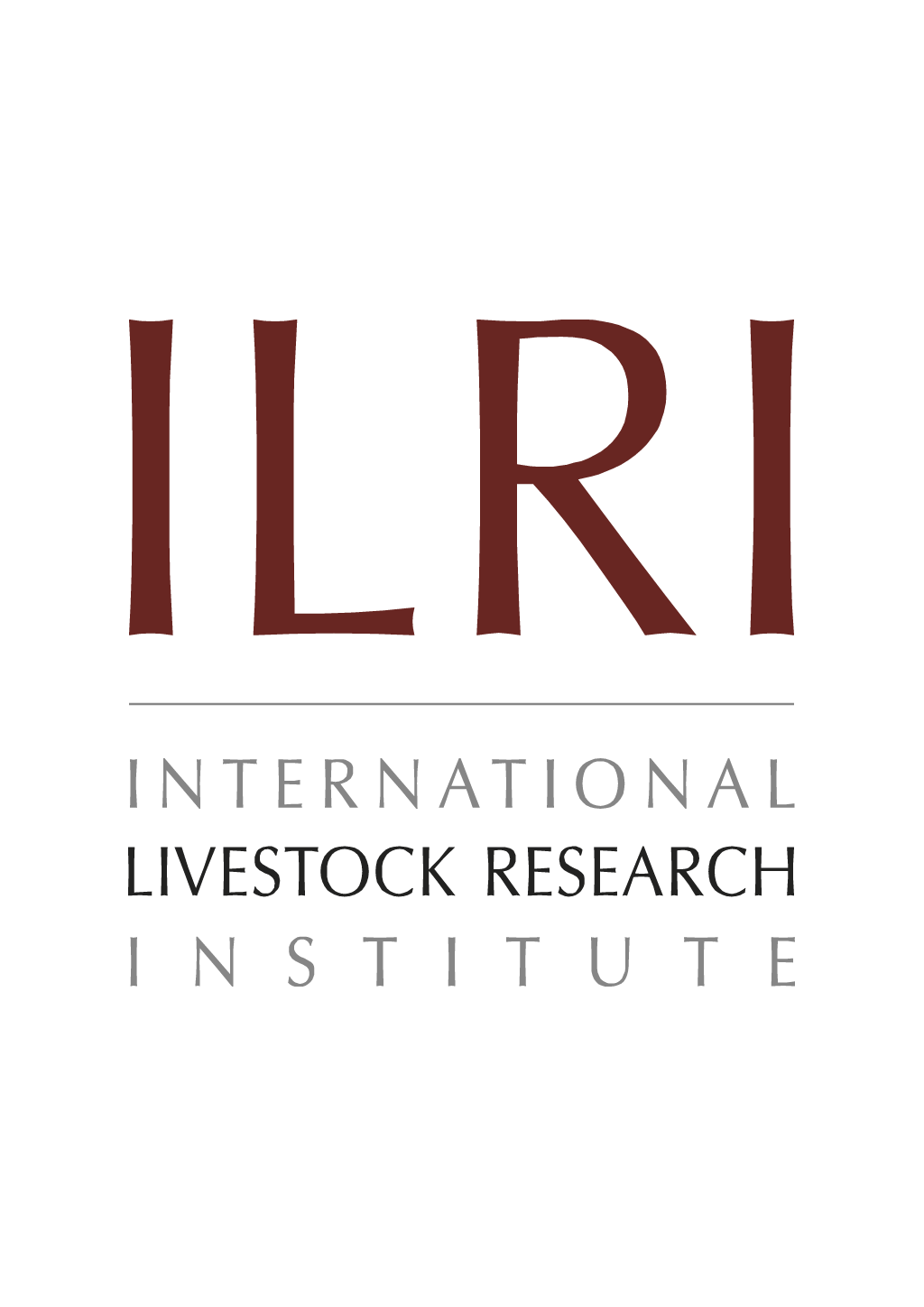
The African Dairy Genetic Gains program (ADGG) - Responding to dairy farmers’ needs and enabling multiple actors’ capacities through genetic innovations



